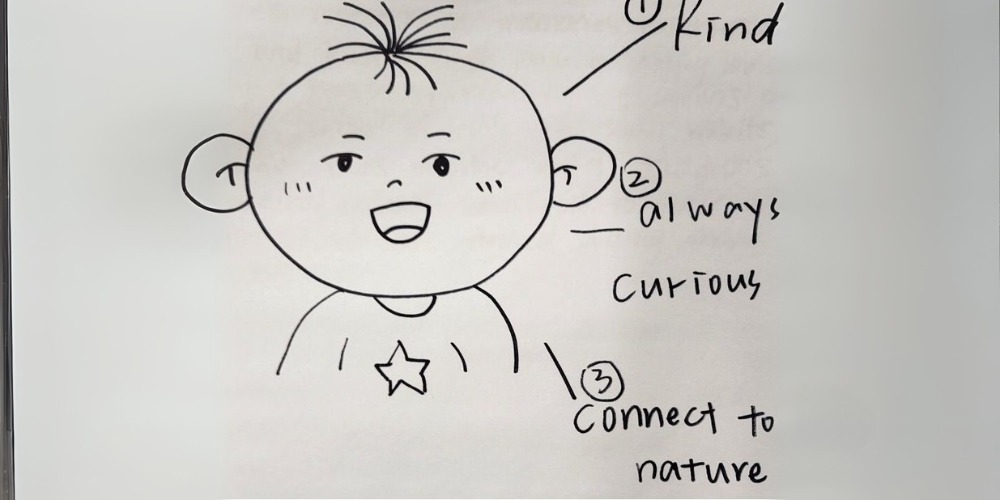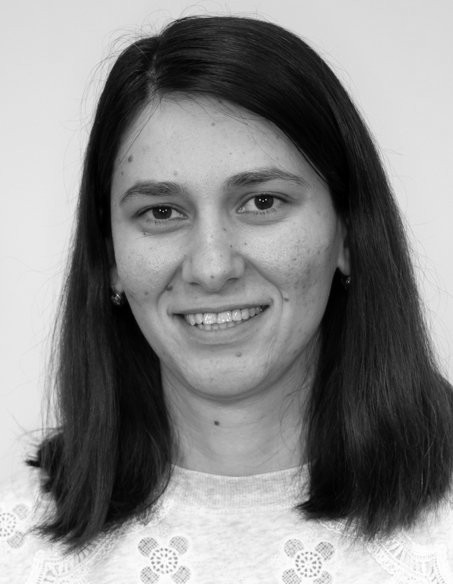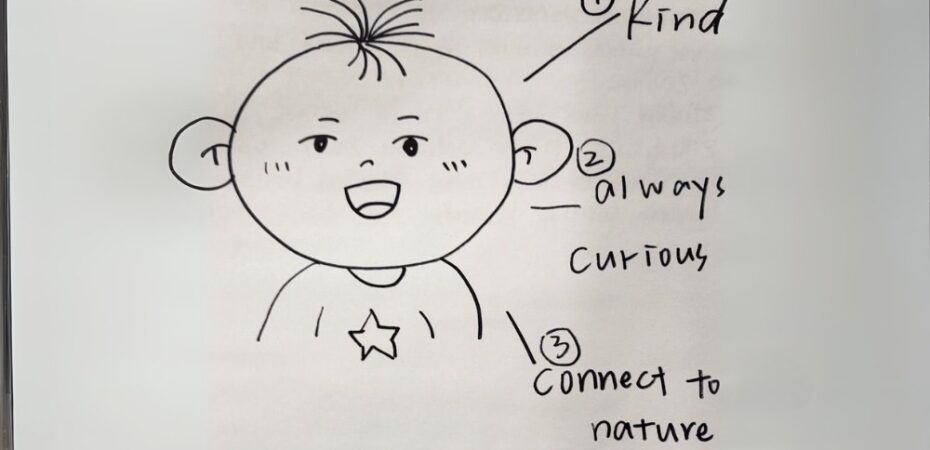
In this post, Dr Sabina Savadova and Dr Fiona Morrison discuss how they have designed group work activities for busy professionals on the BA Childhood Practice programme at Moray House School of Education and Sport. Sabina is a Teaching Fellow in Childhood Studies and Practice, and Fiona is a Reader in Childhood Studies. This post is part of the Group Work series.
Picture this: It’s 3pm on a Tuesday. Our classroom fills with early years professionals still wearing work lanyards, juggling responsibilities on phones with worried looks: childcare arrangements; elderly parents; the evening rush. These are our BA Childhood Practice (BACP) students at Moray House School of Education and Sport (MHSES), who attend just four hours of classes weekly.
The reality check
Our BACP students are not typical undergraduates. They are full-time, early childhood education and care (ECEC) professionals, many returning to education after years away. They bring rich, practice-based knowledge from nurseries, schools, and family support services, alongside very real concerns about university work.
Their week? Full-time demanding jobs, school runs, caring for loved ones, somehow squeezing in studies. Many are first-generation university students juggling more than imaginable.
Rethinking group work
Across the University, in programmes where students have more flexible schedules, there can also be an assumption that groups will meet outside class. For BACP, that isn’t realistic.
We have therefore designed group work to happen entirely within our four weekly hours—two intensive sessions that blend short, interactive lectures with hands‑on workshops. Every group activity is planned, time‑boxed, and scaffolded in-class, so collaboration does not rely on additional meetings. Students collaborate on weekly topics in real-time, creating summaries in formats they choose – written reflections, digital presentations, mind maps, whatever captures their collective learning.
This approach explicitly values workplace experience as knowledge that enriches academic discussions. Theory meets practice, to the benefit of everyone.
Examples of our group work
- Weekly synthesis: After a short input, groups create a one‑page ‘sense‑making’ product (e.g., a mind map, a written summary, or a slide) to answer focused questions.
- Case analysis: Using anonymised vignettes or students’ own de‑identified experiences, groups analyse cases where they can apply theory to practice.
- Policy‑to‑practice brief: Groups translate a policy excerpt into concrete actions for a setting, where possible.
Building cohort, intentionally
At the start of the semester, students sit in consistent table groups to build trust and a sense of belonging—especially important for those feeling isolated in university environments. As confidence grows, we introduce planned mixing, so everyone encounters different perspectives. This introduces what we might call elements of temporality and spatiality to our group work – students experience the programme as a dynamic learning community (Wenger, 1999).
Our students’ time constraints demand focused, productive discussions from the start. Students need clear guidelines and structured activities. Facilitating meaningful collaboration across varying academic confidence levels requires careful attention to inclusive practices.
We do this by valuing professional knowledge while developing critically reflective early years practitioners (Hayes et al., 2024). Integrating work experience with academic knowledge creates relevant, applicable learning—often generating quite focused and intensive discussions.
How we integrate work experience with academic learning
Each workshop follows a simple Experience → Theory → Action cycle as explained below:
- Experience: A 3–4 minute ‘practice pulse’ where students surface a recent, anonymised situation from work aligned to the week’s topic.
- Theory: Brief, accessible input and guided reading prompts.
- Action: Structured application to a realistic scenario or to the student’s own context, producing a tangible output, where possible, so they can trial in the coming week.
- Bridge: A closing ‘so what / now what’ discussion capturing one action students might want to try.
In feedback, students often tell us this is where their professional expertise feels respected and meaningfully connected to their studies.
Possible takeaways from BACP
While the BACP context is distinctive, the design principles travel well—especially given many of our students across programmes juggle work, commuting, caring and many other responsibilities. Based on our experiences, we offer the followings:
- Build in‑class collaboration: Plan group work so it can be completed during scheduled hours; treat any outside work as optional enhancement, not a dependency.
- Time‑box and scaffold: Provide clear prompts, questions and tangible outputs. Short, purposeful cycles often beat open‑ended discussions.
- Bridge experience and theory: Use a simple Experience → Theory → Action arc every week. Ask students to bring anonymised practice snapshots to connect with core concepts.
- Make outputs reusable: Invite groups to produce artefacts they can take back to placement/work settings.
- Design for inclusion: Encourage all voices; provide multiple formats for contribution (spoken, written, visual).
- Keep digital light‑touch: Use digital tools that work on a phone (e.g., Teams channels, Wooclap, shared OneNote) for quick sharing—not as a substitute for more meetings.
What is next
We are exploring peer support network within groups and digital tools that extend collaboration without requiring additional meeting times. Our BACP experience proves effective group work does not need extensive outside-class time. By adapting pedagogy to students’ lives — and by treating professional experience as a vital source of knowledge — we can create collaborative learning that serves diverse populations and makes group work more inclusive, rigorous and realistic.
This aligns with the University of Edinburgh’s widening participation commitments, and Learning & Teaching Strategy 2030, helping us build equitable approaches for truly inclusive learning environments that build upon diverse student experiences.
References
- Hayes, C., Hudson, R., Daly, J., & Duncan, M. (2024).Developing as a reflective early years professional: A thematic approach. Critical Publishing.
- Wenger, E. (1999).Communities of practice: Learning, meaning, and identity. Cambridge University Press.
 Sabina Savadova
Sabina Savadova
Dr Sabina Savadova is a Teaching Fellow in Childhood Studies and Practice and Academic Cohort Lead for BA Childhood Practice Programme at Moray House School of Education and Sport. She is passionate about co-creating peer support network within the BACP programme. Her research focuses on very young children and digital media, including areas such as parental mediation, children’s digital rights, educational technologies, and online child safety.
 Fiona Morrison
Fiona Morrison
Dr Fiona Morrison is a Reader in Childhood Studies and a Programme Director for BA Childhood Practice programme at Moray House School of Education and Sport. Her teaching is in childhood studies with a socio-legal focus on children’s human rights. Her research aims to enhance public understanding of children’s human rights, ensuring that her academic efforts translate into real-world benefits for children.


